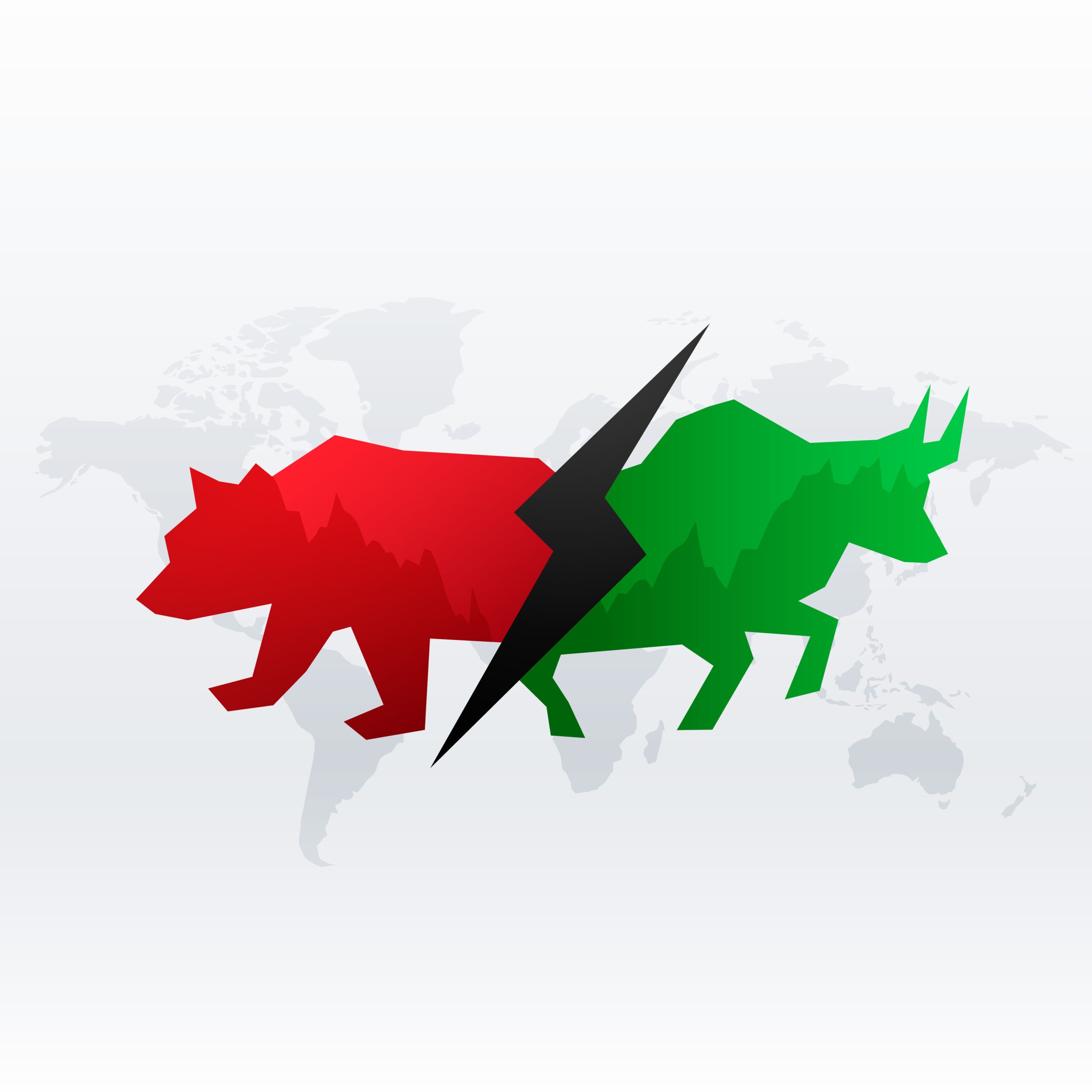Introduction: When Trade Battles Hit Your Wallet
Tariff wars might seem like high-level economic showdowns, but their effects show up in places closer to home — like your grocery bill or your next online order.
In this post, we’ll break down how tariff wars fuel inflation, driving up costs for businesses and consumers alike.
What Is Inflation, and How Are Tariffs Connected?
Inflation is the rate at which prices for goods and services rise over time. It erodes purchasing power — meaning your money buys less than it used to.
Tariffs play a direct role in inflation through a simple chain reaction:
- Tariffs increase the cost of imported goods.
- Importers pass those higher costs on to businesses.
- Businesses raise prices for consumers to maintain profits.
- Wages don’t keep pace — so households feel the squeeze.
This phenomenon is called cost-push inflation, and it’s a classic side effect of trade restrictions.
Real-World Example: U.S.–China Tariffs and Consumer Prices
During the U.S.–China tariff war (2018–2019):
- American companies paid billions more in import duties.
- These extra costs were passed down to consumers in sectors like:
- Electronics (phones, laptops)
- Appliances (washers, refrigerators)
- Clothing & footwear
The Federal Reserve Bank of New York estimated that the average U.S. household paid $831 more per year due to tariff-related inflation during that period.
Hidden Inflation: It’s Not Just at the Checkout Counter
Tariff-related inflation isn’t always visible as sticker shock. It also shows up in subtler ways:
- Shrinkflation: You pay the same price but get less product.
- Lower product quality: Manufacturers cut corners to maintain margins.
- Slower wage growth: Companies freeze wages to manage rising input costs.
Over time, these effects silently erode household wealth and consumer confidence.
Business Response: Raise Prices or Cut Costs
For businesses, tariffs force difficult choices:
- Absorb the cost (lower profits)
- Raise prices (risk losing customers)
- Change suppliers (possibly at higher long-term cost)
Most choose a mix of all three — but either way, inflation finds its way to the end customer.
Who Gets Hit the Hardest?
- Low- and middle-income households, which spend a larger share of their income on essentials
- Small businesses, which lack the leverage to negotiate lower costs
- Exporters, who may face retaliatory tariffs and shrinking demand
In other words, the inflationary impact of a tariff war is deeply regressive — it hits those with the least cushioning the hardest.
Conclusion: The Trade-Off You Didn’t Vote For
Tariff wars are often framed as bold policy moves to protect domestic industries. But they come with real costs — especially in the form of higher prices and reduced living standards.
In the next post, we’ll go a layer deeper and look at how tariff wars cause job losses and business closures, making it clear that the fallout isn’t just economic — it’s personal.



Leave a Comment